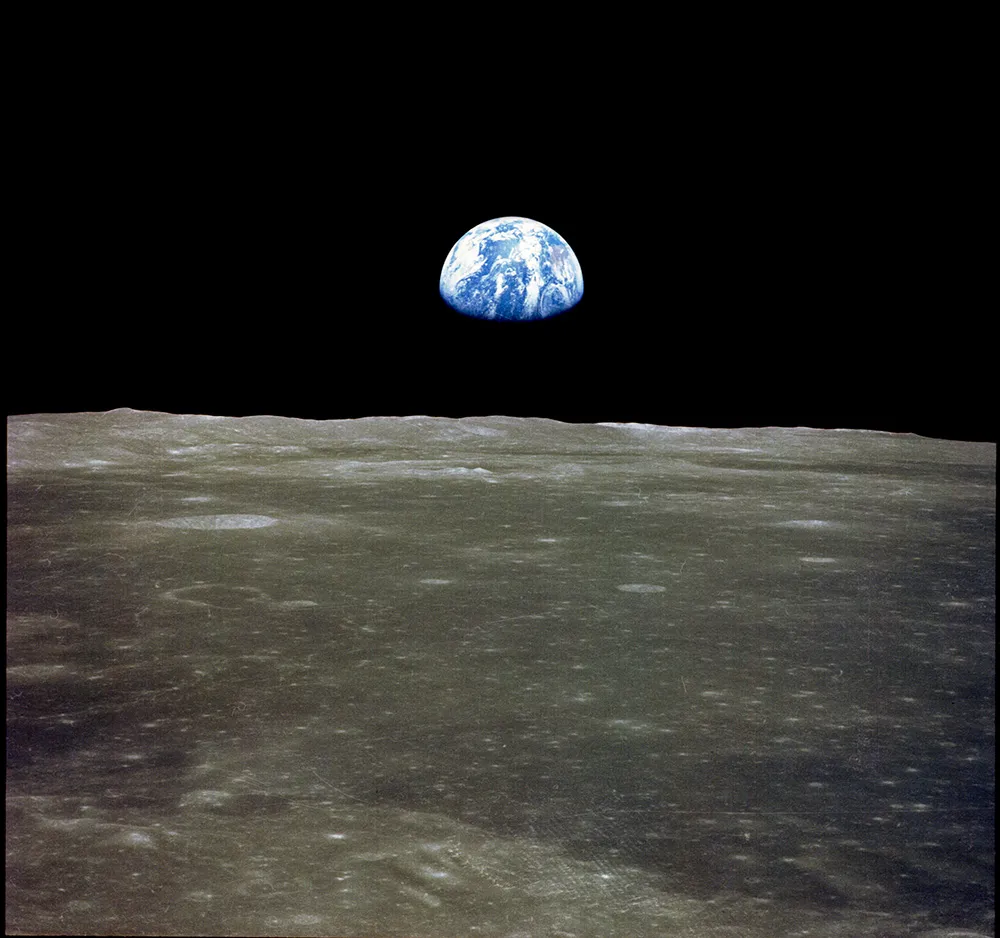Earth's days are getting longer as the planet's spin slows down, and the melting of ice by human-caused climate change is partly to blame, say researchers.
A NASA-funded study used over 120 years of data to show how melting glaciers and ice sheets, dwindling groundwater and rising seas are affecting Earth's spin axis and lengthening its days.
Since the year 2000, the study says, days have been getting longer by 1.33 milliseconds per 100 years, marking the fastest such change compared to any time in the previous century.
Find out about Schumann resonances, how Earth-orbiting satellites measure climate change and how astronomy helps us protect Earth.

Melting ice is affecting Earth's rotation
Earth's days are getting longer, and the extent of this change is accelerating.
Plus, the planet's rotational axis moved about 30 feet (10 metres) in the past 120 years.
This, say researchers, is a result of a redistribution of ice and water caused as ice sheets and glaciers melt more than they accumulate from snowfall.
It's also caused by loss of groundwater that's not being replenished by rain.
The effect of these phenomena is a shift in mass that causes Earth to wobble and its spin axis to move (known as 'polar motion').
Studying the changes in Earth's rotation
A paper published in Nature Geoscience entitled Contributions of core, mantle and climatological processes to Earth’s polar motion states that these mass variations during the 20th century were mostly a result of natural climate cycles.
"The common thread between the two papers is that climate-related changes on Earth’s surface, whether human-caused or not, are strong drivers of the changes we’re seeing in the planet’s rotation," says Surendra Adhikari, a co-author of both papers and a geophysicist at NASA’s Jet Propulsion Laboratory in Southern California.
Studies of the 120-year-old data found that 90% of fluctuations between 1900 and 2018 are a result of changes in groundwater, ice sheets, glaciers, and sea level, with the remainder caused by changes in Earth's interior.

The changes caused by a shift in surface mass occurred frequently throughout the 20th century: a few times every 25 years.
This suggests the changes were largely a result of natural climate change.
However, more recent papers have looked at changes caused by human activities.
One paper authored by Adhikari shows how an eastward drift of Earth's axis that began around 2000 could be caused by melting of Greenland and Antarctic ice sheets and groundwater depletion in Eurasia.
Faster melting of ice sheets is shifting mass from Earth's poles to the equator, causing the planet's spin to slow and the days to get longer.

From 2000 to 2018, the rate of increase of the length of a day on Earth caused by the movement of ice and groundwater was 1.33 milliseconds per century.
That's faster than any period in the previous century.
Researchers say that action to severely reduce emissions by 2100 could decelerate the lengthening of Earth's days caused by ice and groundwater changes.
But if emissions continue to rise, say researchers, the lengthening of Earth's day caused by climate change could be as much as 2.62 milliseconds per century.
"In barely 100 years, human beings have altered the climate system to such a degree that we’re seeing the impact on the very way the planet spins," says Adhikari.
